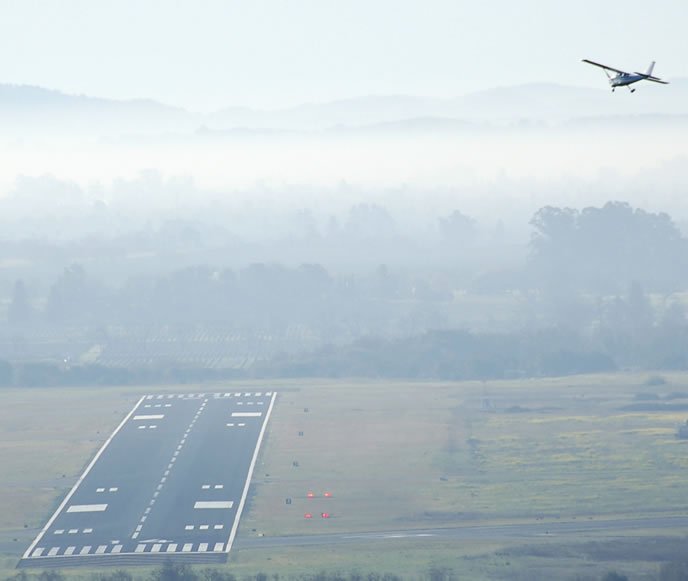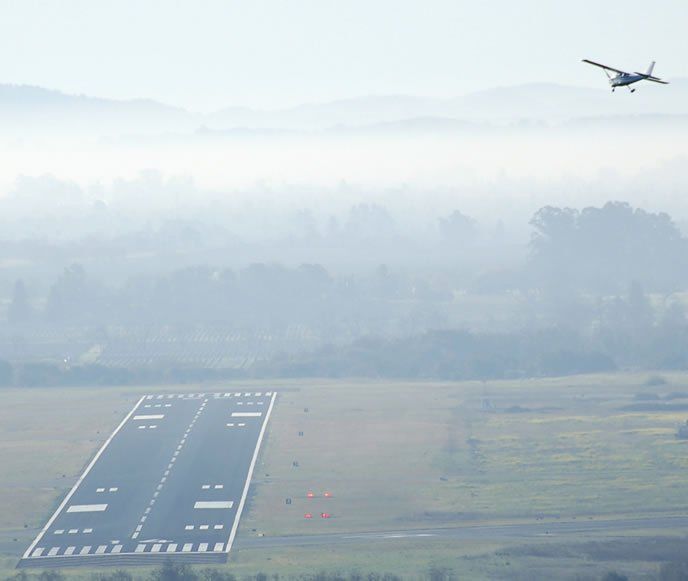According to the FAA’s Airplane Flying Handbook, FAA-H-8083-3A, “this type of stall occurs with the controls crossed—aileron pressure applied in one direction and rudder pressure in the opposite direction. In addition, when excessive back-elevator pressure is applied, a cross-control stall may result. This is a stall that is most apt to occur during a poorly planned and executed base-to-final approach turn, and often is the result of overshooting the centerline of the runway during that turn.” The greatest danger from the cross-controlled stall when turning final is not the stall itself but the lack of altitude available within which the pilot may recover.

To prevent this kind of stall, don’t make steeply banked turns in the pattern—30 degrees of bank should be enough—plan your turn to final to eliminate the need for steep banks and, if you find yourself needing aileron opposite the turn, go around.




